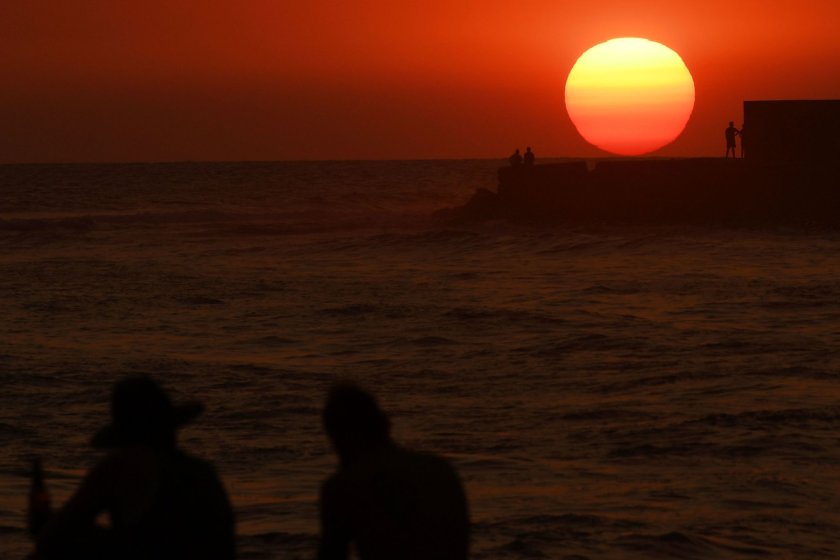
If you’re out in the wilderness, get away from your tent and hiking poles and find a low, protected spot away from trees or under the shortest tree you can find.ħ. If you’re out in the water, Deegan suggests staying low as you paddle in and crawling across the sand until you can get in your car. It’s better to be wet than electrocuted, so steer clear of any tall objects around, including the trees. If you’re outside in a thunderstorm, you can shelter yourself under a tree.įalse! Being under a tree is the second leading cause of death from lightning strikes. Call 911 and start CPR as quickly as possible if they aren’t breathing.Ħ. Someone struck by lightning is carrying an electric charge, so you shouldn’t touch them.įalse! A victim can’t carry a charge, and they’ll need immediate help from you. Lightning can strike up to 10 miles outside of a storm’s rain line. If your car is hit by lightning with you inside, you may be injured and your car could be damaged, but you’ll be more likely to survive than if you were outside. Rubber shoes or tires will protect you from lightning.įalse! Rubber soles offer no protection from a lightning strike however, the steel frame of a car offers more protection than if you were standing outside (as long as you aren’t touching any metal), according to the National Weather Service.

Try to make yourself as small as possible and minimize your contact with the ground. Put your hands on your knees with your head between them.
Surfer struck by lightning skin#
True! If you feel your skin tingle or your hair floating, squat low to the ground on the balls of your feet. If your hair stands up on end, you are in danger of being struck by lightning. Lightning takes the easiest route from the sky to the ground, meaning it usually targets the highest object in the immediate area the Empire State Building gets hit almost 100 times per year!ģ. Lightning never strikes the same place twice.įalse: Lightning actually has a tendency to hit the same place multiple times. A lightning strike can occur as far as 10 miles away from rainfall.Ģ. Lightning only happens where it’s raining.įalse! “In fact, more people are injured or die when it’s not raining where they are,” explains Deegan. (“Nope,” he says, “it’s just that on the ocean you are more likely to be the tallest object, or very close to it.”) Here are some of most commonly accepted lightning myths and the truth behind them:ġ. Death and injury has been reported while people were involved with everything from using an ATM to looking out of a window.ĭeegan, who’s also a surfer, says there are plenty of misconceptions about lightning, from how often it strikes the same place twice to the notion that being in the ocean is more dangerous than being on land. According to Tim Deegan, a senior meteorologist for First Coast News, it’s a true story-and a biting reminder that not all lightning trivia out there is founded in science.Įach year, lightning causes an average of 93 deaths and 300 injuries in the United States, according to the National Weather Service-and not just to outdoorsmen or surfers.

His partner pulled him from the water to save him from drowning, but he flat-lined on the way to the hospital.Ī medical team was able to revive him shortly after, and he’s still surfing 20 years later.

There was a storm brewing on land, but the sun was still shining over the water, so they figured they were safe-when, suddenly, a bolt of lightning struck out from the blue sky and knocked one of the men out of the boat. Two surfers were out fishing in a small boat off the Florida coast. If you’re caught out on the water during a storm, paddle in quickly and crawl on the sand until you reach your car.


 0 kommentar(er)
0 kommentar(er)
